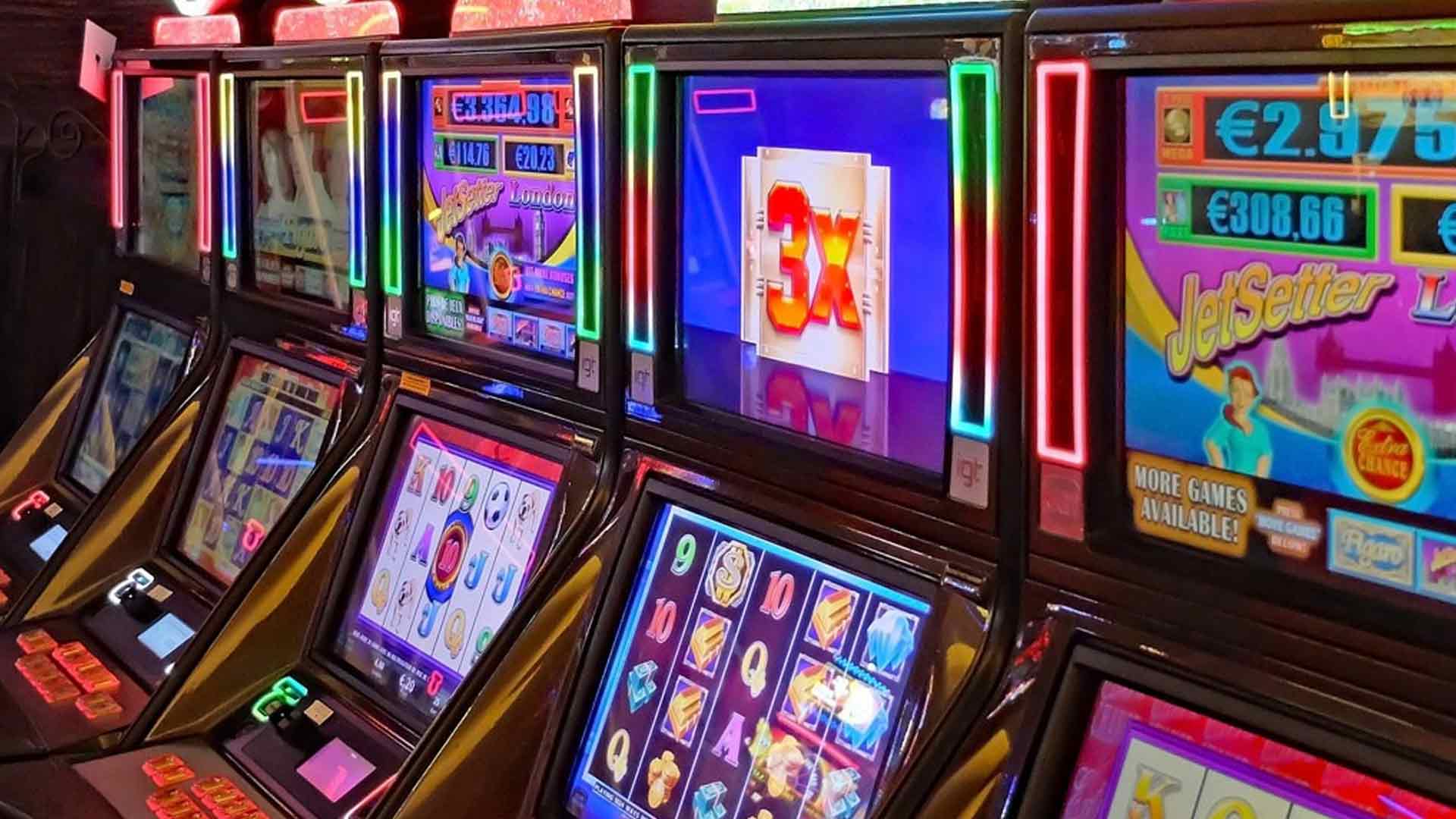The Hidden Science in Card Shuffling

The Hidden Science in Card Shuffling
Card shuffling, a seemingly simple act performed countless times in games of chance and entertainment, harbors a surprising depth of scientific complexity. Beyond the casual flick of the wrist, lies a fascinating exploration of probability, randomness, and chaos theory. Understanding the science behind shuffling not only enhances one's appreciation for the seemingly mundane, but also provides insights into how to best randomize a deck of cards, ensuring fair play and a truly unpredictable outcome.
The Riffle Shuffle: The Gold Standard of Randomness
The most common method, the riffle shuffle, involves splitting the deck in two and then interleaving the halves. This seemingly straightforward technique, however, holds a surprising amount of mathematical significance. Mathematicians have long studied the riffle shuffle, seeking to determine the optimal number of shuffles required to truly randomize a deck. In fact, the famous "52-card-shuffle" problem aimed to answer this very question.
The answer, determined through complex mathematical modeling and simulations, is often cited as seven shuffles. Seven shuffles, according to researchers, are enough to thoroughly mix a deck of cards, achieving a state of near-perfect randomness. Before seven shuffles, there is still some degree of order that can be exploited. After seven, the deck is considered thoroughly mixed. This concept highlights the intricate balance between order and chaos inherent in the shuffle.
Beyond the Riffle: Other Shuffling Techniques and Their Scientific Implications
While the riffle shuffle is dominant, other methods exist, each with its own scientific characteristics. The overhand shuffle, a technique often used by magicians, is far less effective in terms of randomization. It's a slow, and less random approach. This slower shuffling method tends to preserve some initial order and isn't as effective at achieving perfect randomness in the same way that the riffle shuffle does.
The Hindu shuffle, another technique, involves cutting the deck and then shuffling the cards in a series of cuts and movements. This method's effectiveness varies depending on its execution, and the shuffling actions involved must be done at the appropriate frequency to reach an acceptable state of randomness. Each shuffling action affects the permutation of cards.
Probability and the Unpredictable Nature of Shuffling
At its core, shuffling relies heavily on probability. The goal is to ensure that each card has an equal chance of landing in any given position within the deck. Achieving true randomness is a complex goal, as even subtle biases in the shuffling process can lead to predictable outcomes, however slight. The human element, too, plays a significant role. Variations in shuffling speed, the consistency of the interleaving process, and how the cards are handled all affect the final outcome.
Applications Beyond the Card Table
The principles of card shuffling extend far beyond games. The concept of generating randomness is crucial in various fields, including cryptography, where it's essential for generating secure encryption keys. The study of shuffling also informs the development of algorithms used in computer science, such as those for randomizing data sets. The techniques used to analyze card shuffling can apply to other real-world scenarios to provide insights.
The Impact of Order and Structure
Before shuffling, the order of cards is often arranged. Understanding the initial state of the deck is crucial in the study of shuffling. Certain shuffles maintain specific patterns within the deck, and the study of order, and structure is equally important to analyzing randomness. Mathematical analysis of how a particular shuffle manipulates the initial order of cards reveals the underlying structure.
The Importance of Fair Play and the Appeal of Randomness
The science of card shuffling isn’t merely an academic pursuit. Its implications extend to the ethics of gambling and gaming. Ensuring that games are truly random is essential for fair play. The unpredictability inherent in a well-shuffled deck creates an engaging and captivating experience for the players. For those who seek a thrill of chance, websites like m88 msports offer a range of games where randomness is a critical component of the experience.
Conclusion: The Continuing Study of Randomness
Card shuffling, with its blend of probability, chaos, and the human element, is a continually fascinating field of study. The pursuit of perfect randomness through shuffling is a journey that continues to yield interesting discoveries and practical applications. The study of shuffling is a testament to the hidden scientific wonders that can be found in the simplest of actions.
```